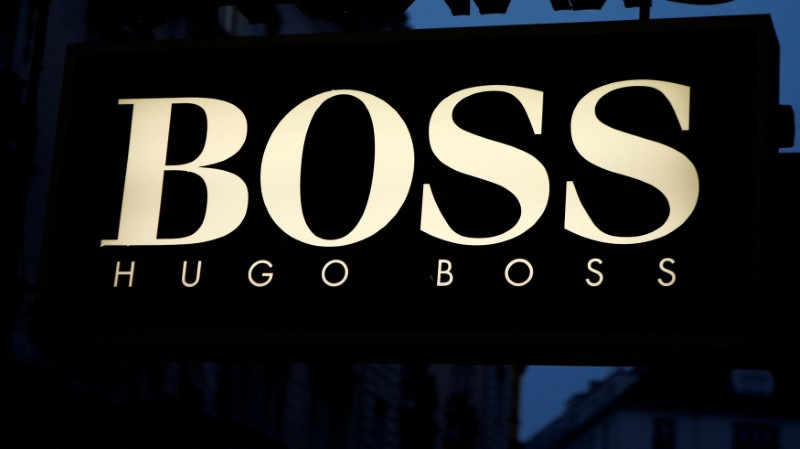Shortage is also sold in MLC

Photo: Cuba Noticius 360
Text: Editorial Cuba Noticias 360
Empty refrigerators and shelves decorated with several rows of the same product, shop assistants who can’t remember the last time they sold wet wipes and barely two or three customers per floor: this is the panorama that many freely convertible currency stores show inside. . in these days. The country suffers from chronic shortages that are no longer exclusive to trading in the national currency.
Stores in MLC have also not escaped the inability to maintain a stable assortment, which took over the entire network operated in CUC before the so-called ordering task just five years ago.
At the time, the Minister of Economy and Planning, Alejandro Gil, assured in front of television cameras that the stores in the MLC would allow businesses to be supplied in national currency and that institutions would not disappear in Cuban money. “It’s not Cuba, and it never will be.” However, his statement was belied by the island’s harsh reality and became one of the most viral memes in recent years.
Today, there are not only a few remaining stores in the national currency, but also stores operating in the MLC, whose prices increase from day to day, because of questionable quality products without anyone explaining why.
The situation is even more tense in the interior of the country, as marketing makes it seem like Havana is Cuba and the rest is the landscape; A principle that forces the “guajiros” to settle for what arrives in stores or buy at a premium the products they sell in the capital and resellers move through a parallel distribution network that has proven more precise than port-transport. – Internal economy.
This partly explains why the sausage has been conspicuous by its absence for months in MLC stores in provinces such as Sancti Spiritus, Villa Clara and Ciego de Ávila, and the packages are quietly sold on portals and social networks.
The same happens with jam, rarely found in Cimax and Caribe stores in the central region, or with the most affordable meat for the Cuban pocket: hot dogs, picadillo, hamburgers…, which have not cooled in the refrigerator for months. from the field.”
The “more affordable” concept, of course, does not include beef or pork balls, which must be bought at a price of 10 to 20 mlc per kilogram, according to the weight of the package, because shop assistants refuse to cut them. So, a piece of meat can easily cost 100 MLC and even more. Elon Musk may pay the price without paying, but most Cubans, who pass by refrigerators, tumble the shriveled meat and leave it where it is, almost petrified by weak demand.
Personal hygiene and household hygiene items also perish seasonally. Right now, for example, none of the stores in Sancti Spiritus carry a brand of wet wipes, and several stores visited in provinces like Villa Clara and Cienfuegos don’t even mention cheap sanitary pads, which have “disappeared.” Map “. Why isn’t it also produced in the Mariel Special Development Zone? It seems that no one is responsible for explaining it.
That won’t help much either. Consumers need to find what they are looking for, not hear countless times that blockades are to blame for shortages.
(TagsToTranslate)Alejandro Gil






